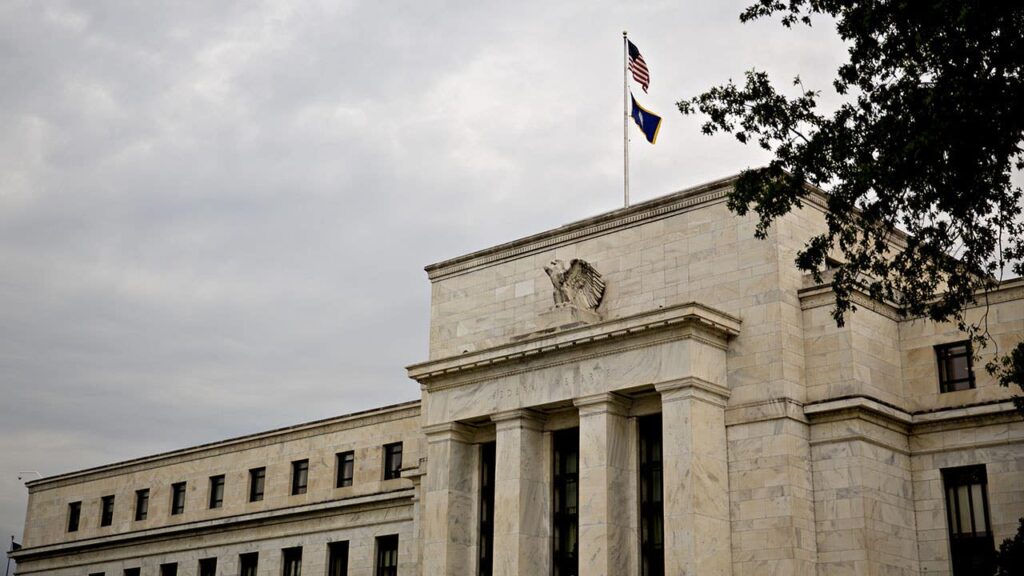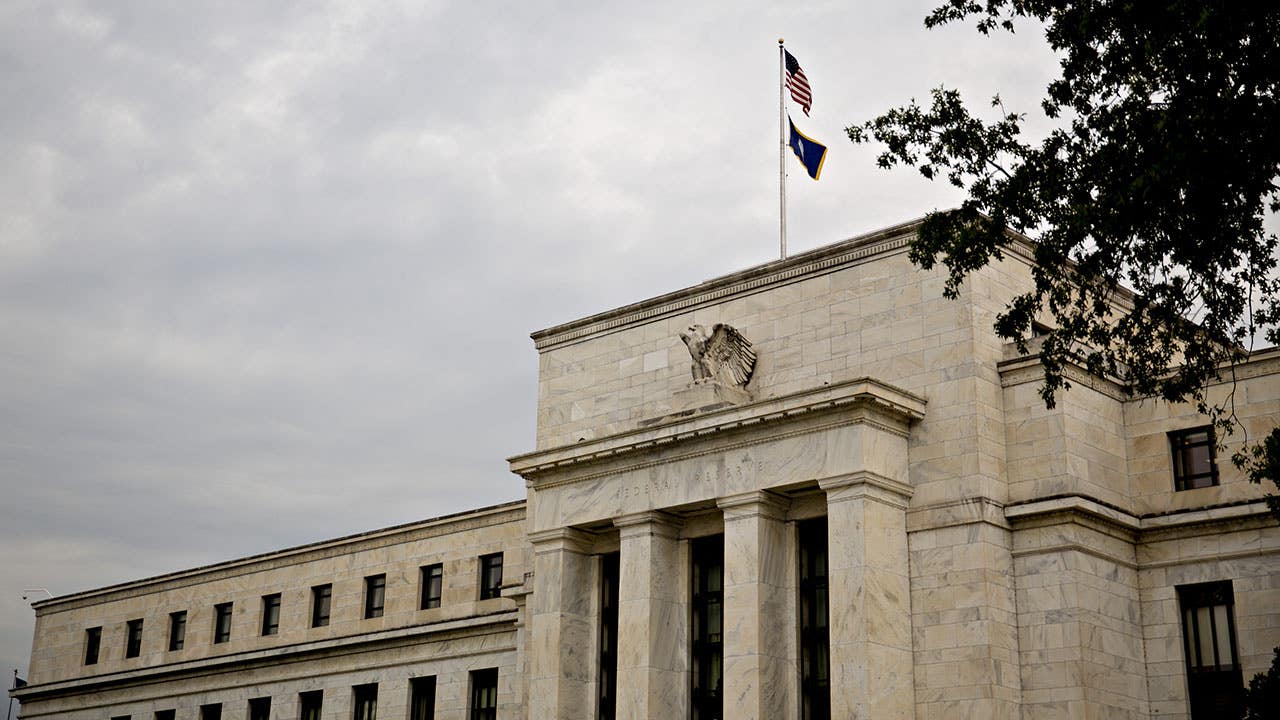Consumers continue to take on more credit card debt as inflation hikes up their spending.
Consumer revolving debt — which is mostly based on credit card balances — gained $14.8 billion on a seasonally adjusted basis in June. It’s now up to $1.125 trillion, taking it past its pre-pandemic high, according to the Fed’s G. 19 consumer credit report released Aug. 5.
For June, inflation rose 9.1 percent over the year (and 1.3 percent from May levels), which means consumers had to shell out more money to buy goods.
Considering consumers typically use their credit cards to pay for gas, this is likely a big factor behind the increase in outstanding credit card balances in recent months. The outstanding balances would rise at month-end, even though consumers paid off their card balances when they were due.
In June, card balances rose a healthy 16 percent on an annualized basis, following May’s 7.8 percent (revised) gain and April’s robust 19.6 percent jump.
Total consumer debt — which includes student and auto loans, as well as revolving debt — gained $40.1 billion to touch $4.627 trillion in June. That’s a 10.5 percent seasonally adjusted annualized increase.
Household debt continues to rise
In its quarterly report on household debt and credit, the Federal Reserve Bank of New York finds that total household debt was up 2 percent in the second quarter, rising $312 billion to touch $16.15 trillion. Credit card debt reached the $890 billion mark.
Credit card balances were up $46 billion during this period, a 13 percent rise over the 2021 second quarter, making for the largest jump in more than 20 years. And 3.35 percent of the credit card debt went into serious delinquency (90 days or more delinquent) in the second quarter, up from the first quarter’s 3.04 percent.
The increase in household debt is partly due to rising prices, according to Joelle Scally, administrator of the NY Fed’s Center for Microeconomic Data. “While household balance sheets overall appear to be in a strong position, we are seeing rising delinquencies among subprime and low-income borrowers with rates approaching pre-pandemic levels,” Scally says.
Loan officers expect to tighten credit standards
The Federal Reserve’s July survey of senior loan officers on bank lending practices, covering the second quarter, finds lending standards on credit card loans did not change during this period, while demand for credit cards rose. Officers said their standards were on the easier side compared to historical norms. And some banks had raised credit limits on cards.
For the second half of the year, though, banks expect to tighten their lending standards for credit card loans. One reason for this is an anticipated reduction in borrowers’ abilities to make debt payments, as a result of higher inflation risk. Banks are also concerned about a reduction in the credit quality of their loan portfolios.
Banks also cited concerns about whether they will be able to offload the loans into the capital markets. They pointed to a decline in their risk appetites, and a higher exposure to interest rate risk as a result of inflation.
Consumers’ long-term inflation expectations dip
The New York Fed’s June survey of consumer expectations finds median consumer expectations for inflation in the year ahead rose to 6.8 percent, from May’s 6.6 percent, a high for the survey. However, inflation expectations for three years ahead dipped to 3.6 percent, from 3.9 percent. And expectations for five years ahead dropped to 2.8 percent, from 2.9 percent.
Consumers expect their household income will grow 0.2 percentage points, at the median, to 3.2 percent. However, they expect their spending to grow 8.4 percent, a decline of 0.6 percentage point.
More respondents find it harder to access credit than it was a year ago, and more of them anticipate that it will be more difficult to access credit in the coming year. Their average perceived probability of missing a minimum debt payment in the next three months rose 0.2 percentage point to 11.3 percent.
Consumers were also more pessimistic on the labor market front, with average expectations that U.S. unemployment will be higher in the coming year rising 1.8 percentage points to 40.4 percent. This would be its highest level since the pandemic period of April 2020. More people were concerned about losing their jobs, and fewer expect to voluntarily quit their jobs.
Employment market continued strong in June
Contrary to consumer pessimism, the government reported the U.S. economy added a hefty 528,000 jobs in June. The job gains were widespread across almost all sectors, bringing employment back to its pre-pandemic levels.
The unemployment rate ticked down to 3.5 percent, from 3.6 percent, as the participation rate (the proportion of working-age adults who are working or actively looking for work) dipped to 62.1 percent.
In June, average hourly earnings rose $0.15, up 0.5 percent from May, to $32.27, gaining 5.2 percent from last June. The government also revised up job gains for May (up 2,000 jobs) and June (up 26,000).
Commenting on the jobs report, Ian Shepherdson, chief economist at Pantheon Macroeconomics, noted in his email commentary that the uptick in hourly wages will not please the Fed, since it isn’t a sign of moderating inflation.
And in a blog post, Diane Swonk, chief economist at KPMG US, noted, “The unemployment rate dropped to the record low hit in February 2020. This ups the pressure on the Federal Reserve to raise rates aggressively again in September. Another 75 basis point hike is likely.”




